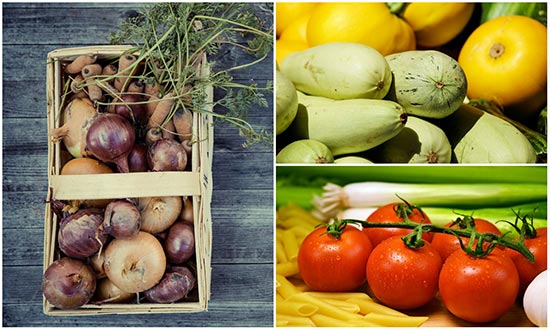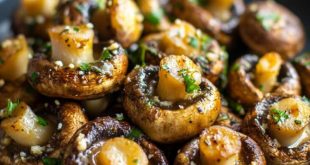The 12 Easiest Vegetables To Grow At Home

A lot of people, myself included, are growing our own vegetables to beat the credit crunch. And why not? Planting a few seeds in containers, in your backyard or in your garden will yield delicious, organic vegetables – and can save money, too! Growing organic vegetables is easier than you think. Here are the 12 vegetables you will have no problem planting, tending for and harvesting in your own garden, even if you are a first-time gardener!
#1. Radish
These are particularly easy to grow and can be intercropped with rows of lettuce to take up a minimum amount of space! Great thing about radishes is that very few pests bother them. Choose a sunny, sheltered position in soil, well fed with organic matter. Sow the seed thinly, evenly at ½ inch below the soil’s surface with one inch of space between each. Water the soil thoroughly before sowing and after the seeds emerge water them lightly every couple days. Radishes are a great source of potassium, folic acid, magnesium and calcium, and are perfect in salad dressings or as a garnish for salads. Radishes are fast growers and should be ready to pull in several weeks.
#2. Zucchini/ Squash
Zucchini and squash do well in most climates and they need very little special attention. If you plant zucchini you’ll could end up with way more than they can even eat!
Zucchini and squash are very low in calories but full of potassium, manganese and folate. Sow several zucchini seeds in a heap pile of composted soil a foot high and a couple feet wide. Space each heap pile approximately 3 feet apart, water them heavily every other day and wait for them to sprout in a couple weeks. They should be ready to harvest about a month later. For any early start sow the seeds singly about 1/2 in (1.25cm) deep, in small pots and place in a temperature of 65-70F (18-21C). After germination of seeds, grow on in a well lit spot, harden off and plant out after the last spring frost when the weather is warm.
#3. Carrots
Carrots tend to be pest free and need little attention. Carrots are rich in vitamin A, antioxidants, carotene and dietary. Dig a hole less than an inch deep and plant a couple of seeds in each, and leave several inches in between holes. Thin out in stages to 4-6in (10-15cm) apart. Keep the soil moist but remember to water the carrots less as they begin to reach maturity.

#4. Spinach
A highly nutritious and easily grown crop, high in both calcium and iron. Spinach can be eaten plain, cooked, and made into a chip dip. Turn over the soil with compost and plant seeds less than an inch deep, placing them at least 4 inches apart to give room for growth. Pick young leaves regularly. Sow the soil a couple more times in the first month and keep this area well-watered.
#5. Peas
Peas are another high-yield crop, both sweet peas and sugar peas. Other than fruit flies, these guys attract very few pests. A good source of vitamins A, B and C. Cultivate the soil just prior to sowing top dress with a balanced fertilizer. Keep in mind that your soil must drain well in order for peas for flourish. Space each seed several inches apart and sow them one inch deep. Freshly planted seeds require 1/2 inch of water every week, while more mature plants need a full inch. Any surplus peas can be frozen very successfully.
 Home and Gardening Ideas At home and Gardening ideas we believe inspiring readers about homesteading, self sufficiency
Home and Gardening Ideas At home and Gardening ideas we believe inspiring readers about homesteading, self sufficiency






One comment
Pingback: The 12 Easiest Vegetables To Grow At Home